Cambodia is a country in Southeast Asia with varied landscapes: low altitude plains, Mekong delta, mountains… It is known for its many temples and its archaeological riches, but is also home to many spectacular bird species. This top 10 introduces you to some of the most incredible.
Sarus Crane

Sarus Crane (Antigone antigone) is distinguished by its red head which stands out from the rest of the gray plumage. It lives in marshes and feeds on both plants and small animals. Its distribution is very fragmented, with several isolated populations between India and Australia.
Its scientific name comes from Antigone. The daughter of the Trojan king Laomedon who was transformed into a stork (and not a crane), according to Greek mythology.
During the breeding season, the pairs perform courtship and make themselves heard with powerful cries.
To see the extraordinary diversity of the world’s birds on video, it’s here:
Banded Kingfisher
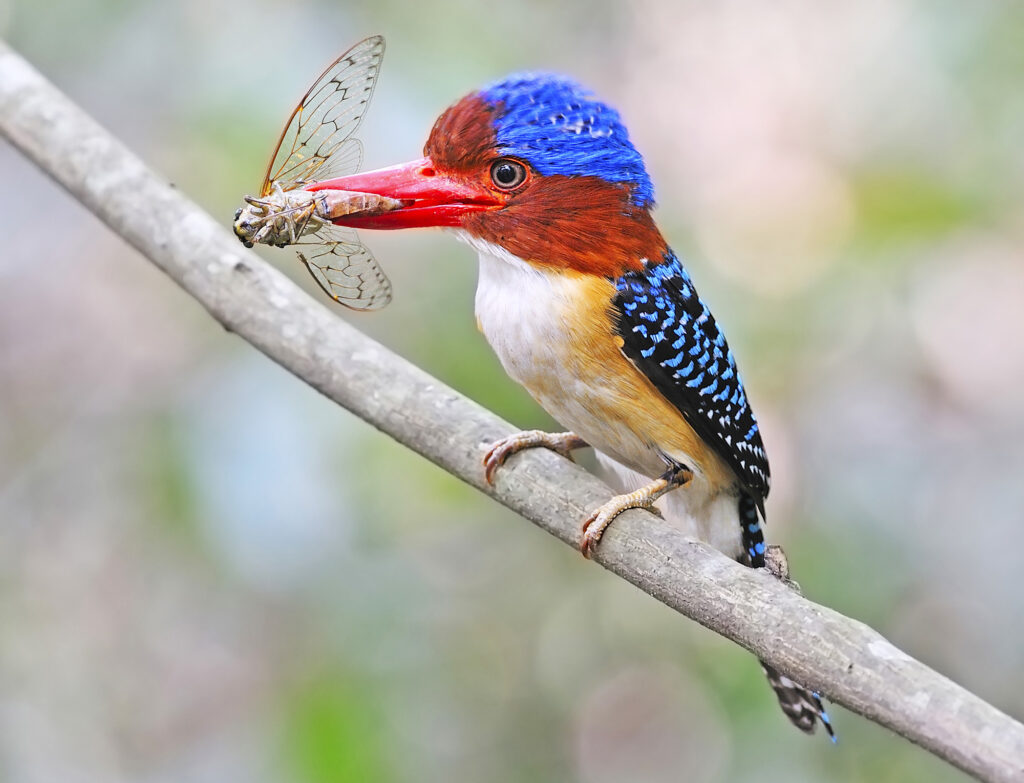
Banded Kingfisher (Lacedo pulchella) lives in tropical rainforests up to 1700 m altitude. It does not need a river or a pond, as it hunts insects and other small prey that live out of water. It frequently catches lizards in the branches.
Common Flameback
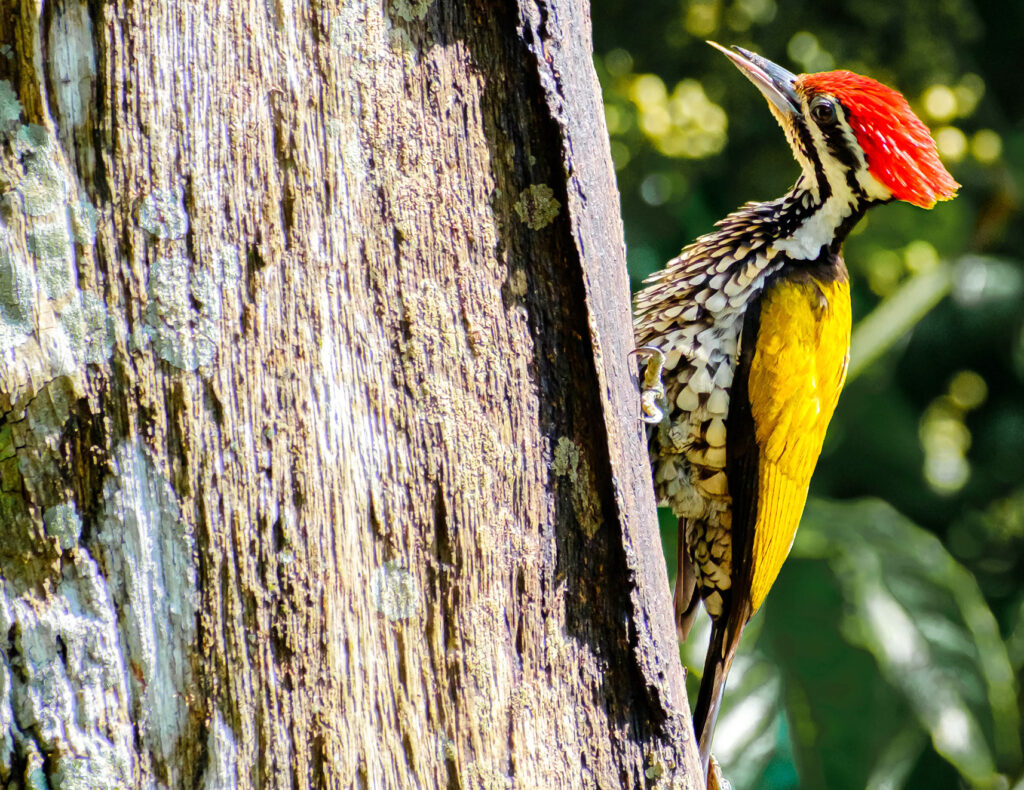
Common Flameback (Dinopium javanense) belongs to the Picidae family. It is sometimes called common goldenback.
It lives in many forest habitats or simply with trees, sometimes even in cities. Its plumage is spectacular.
Its range is very extensive and, several subspecies are described.
Green Peafowl
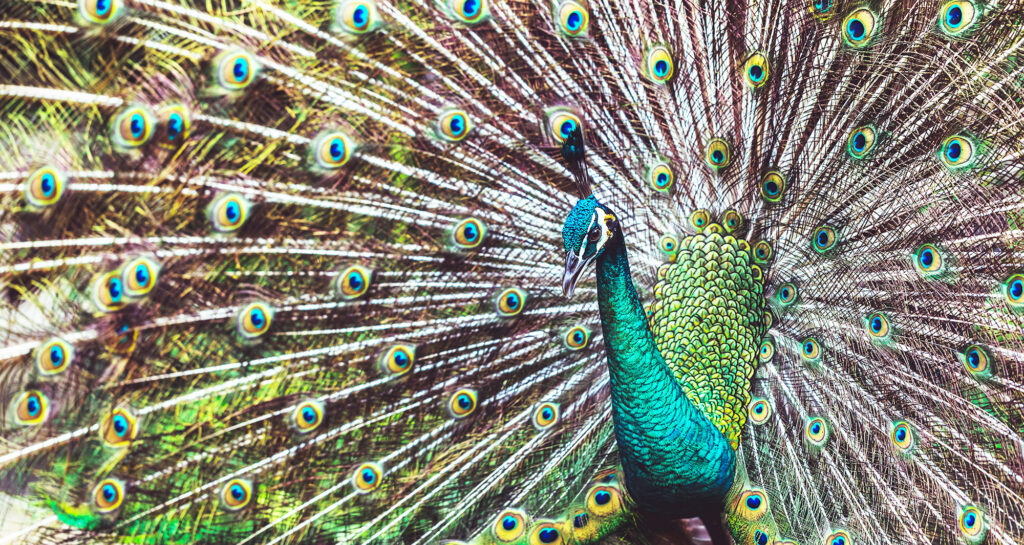
Green Peafowl (Pavo muticus) has a dominant green hue, unlike its well-known close relative, the Indian Peafowl.
Despite a wide range, the populations of this species have largely declined, to the point that this peacock is considered in danger of extinction. In courtship, the male performs a sumptuous wheel formed by the feathers of his tail.
It is a forest bird that feeds on fruits of invertebrates and small vertebrates. It is capable of consuming poisonous snakes.
Lesser Adjutant
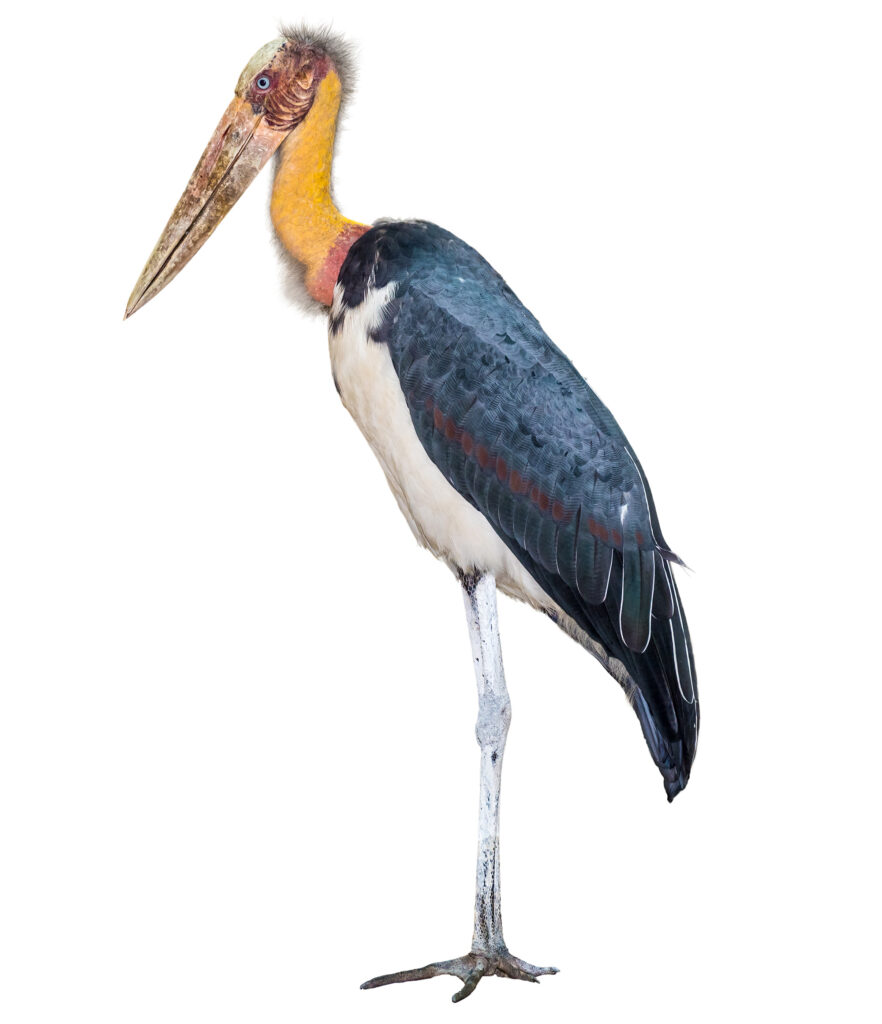
Lesser Adjutant (Leptoptilos javanicus) is a species in the Ciconiidae family. Although its range is large, populations are highly variable. The largest population is found in Cambodia.
Imposing, it measures 110 to 120 cm high with a wingspan of more than two metres. It captures small animals and also consumes carrion.
Blue-winged Pitta
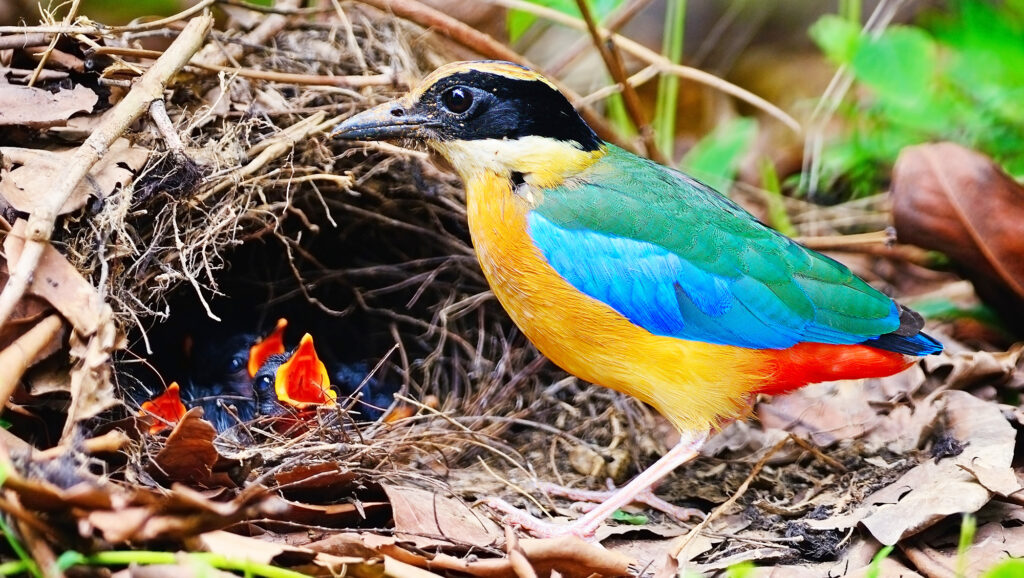
Green, blue, orange, red, black and white, the Blue-winged Pitta (Pitta moluccensis) is an incredibly colorful bird.
It lives mainly in the dense tropical forest, but also in other wooded or bushy places.
It mainly eats worms, insects and snails hunting from the ground or a perch.
Common Iora
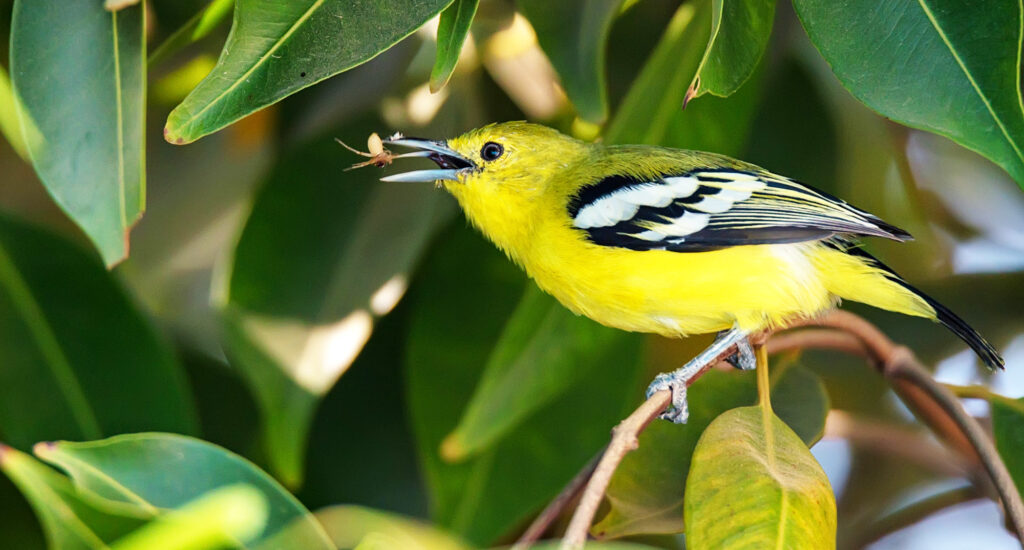
Common Iora (Aegithina tiphia) lives in the canopy, where it is not easy to observe. The male becomes more conspicuous during the breeding season. Indeed, he performs acrobatics. It rises in the air, puffs out its feathers and descends in a spiral to its perch where it spreads its tail.
Insects, especially caterpillars, make up the bulk of its menu.
Green Imperial-Pigeon
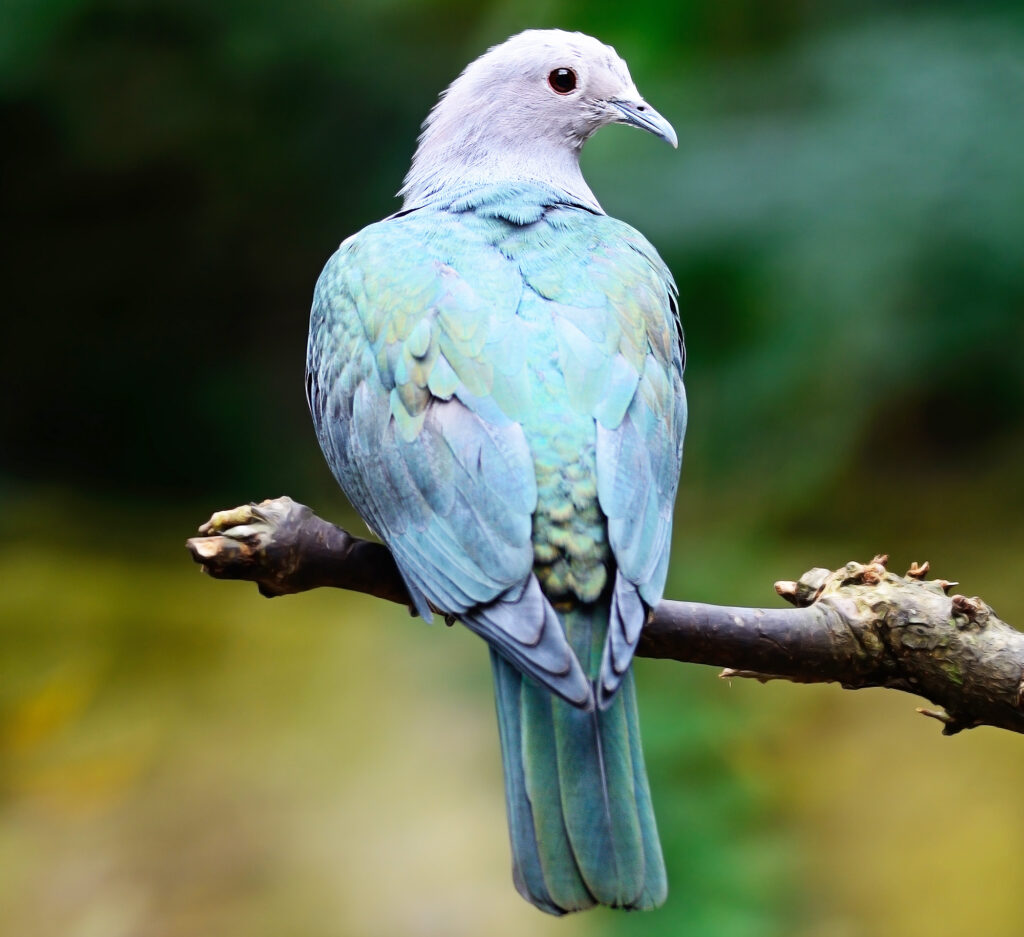
Green Imperial-Pigeon (Ducula aenea) also lives at the top of the trees, where it feeds mainly on fruit. It is therefore often its cry that makes it possible to locate it. He still happens to come to the ground.
Its range is very large and many subspecies are described there. They are sometimes considered as distinct species. You have to see it in the sun to appreciate all the beauty of its plumage.
Asian Green Bee-eater
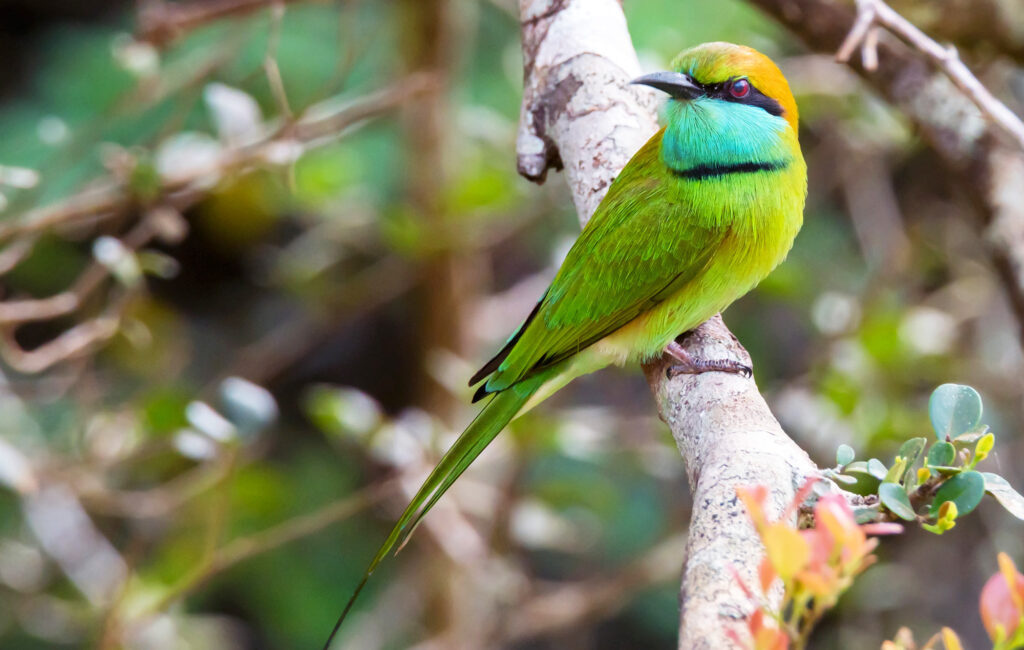
Asian Green Bee-eater (Merops orientalis) features varying shades of green, orange top of the head and black headband. Its classification has recently been reviewed and several subspecies recognised as species. This is the case for populations in Africa (African green bee-eater) and the Arabian Peninsula (Arabian green bee-eater).
It mainly eats winged insects that hunt from a perch.
Siberian Rubythroat
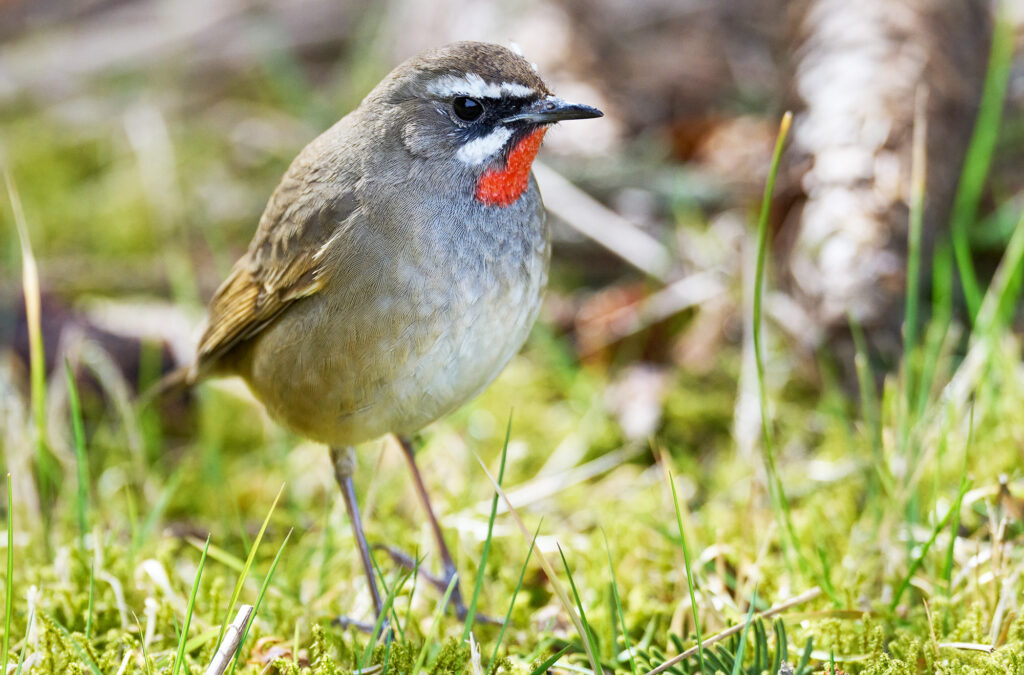
As its name suggests, the Siberian Rubythroat (Calliope calliope) spends the beautiful season in northern Asia, especially on the borders of Siberian forests. However, it winters in Southeast Asia. It can therefore only be observed part of the year in Cambodia.
From the front, his head is marked by a white cross which reinforces the red of his neck.
He is an insectivore.

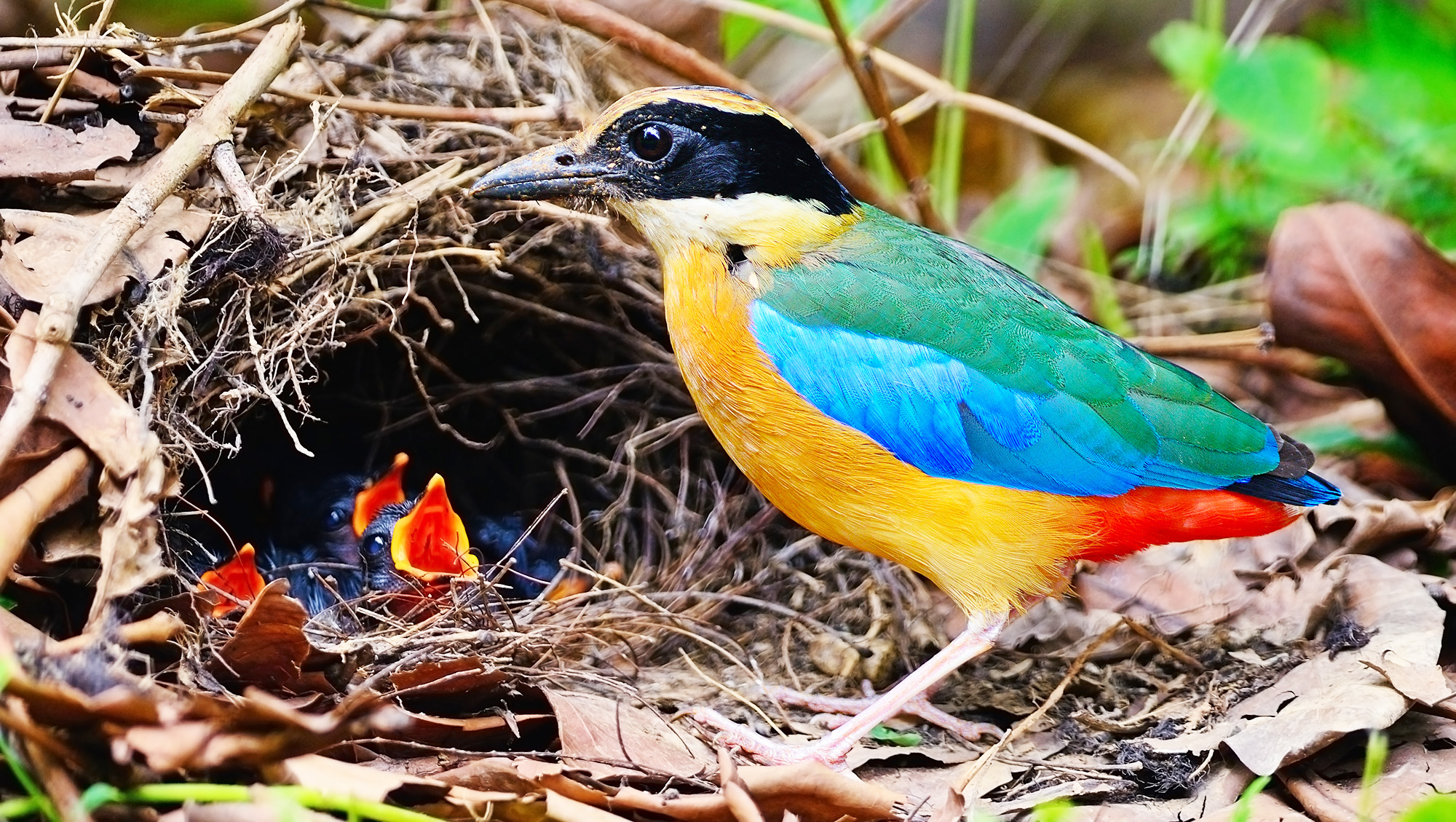
Leave a Reply